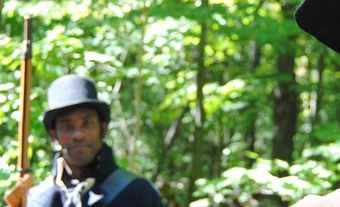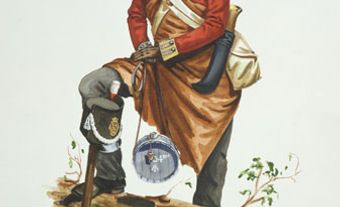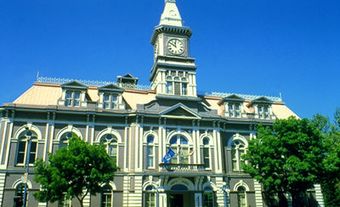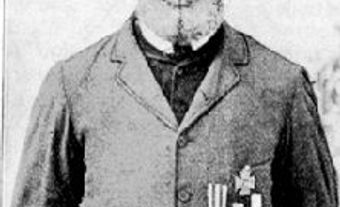The Victoria Pioneer Rifle Corps was a Black militia unit in British Columbia. It is considered the first British or Canadian military unit formed west of Ontario and was one of several Black militia units in Canada in the 19th century. Formed by immigrants from California in 1860, the Pioneer Rifles dissolved by 1866.
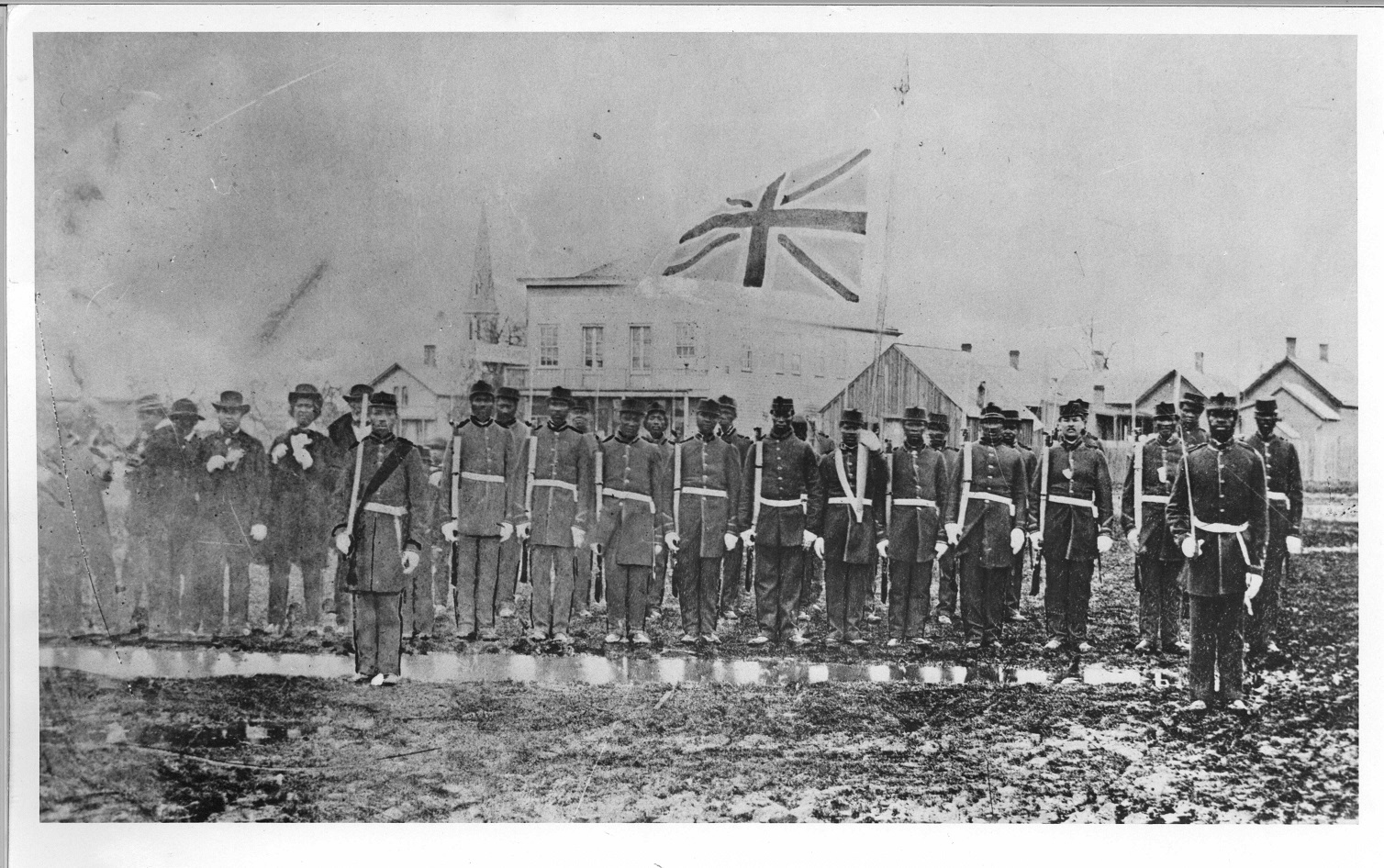
Context
In 1858, Governor James Douglas invited free Black Americans living in San Francisco to migrate to the British colony of Vancouver Island. Douglas wanted to increase settlement to deter a possible annexation by the United States; he also knew that Black Americans faced growing racial animosity in California. More than 600 accepted the offer and settled in Victoria, Saanich and on Saltspring Island. (See Black History in Canada Until 1900; Sylvia Stark.)
Yet the new immigrants faced discrimination in the British colony as well. When several Black men volunteered for the Victoria fire brigade in 1859, they were rejected by white organizers. They next approached Douglas about forming a volunteer militia unit. Douglas feared an outbreak of war between the United States and Britain over ownership of the San Juan Islands (see Pig War); he therefore agreed to their proposal and in April 1860, the Victoria Pioneer Rifle Corps was formed. (The unit was also known as the Pioneer Rifles or African Rifles.) It was not until July 1861, however, that it was officially sworn in as a unit.
Pioneer Rifles
The Pioneer Rifles were led by Black officers: a captain, two lieutenants and a sergeant. Recruiting began immediately and quickly reached 60 officers and men. These officers were elected on an annual basis. Over the next five years, the unit averaged between 40 and 50 soldiers. One of their first tasks was to build their own drill hall, located on the upper end of Yates Street, but later moved one block over to a property they bought on View Street. The hall was also a social centre for the Black community in Victoria and a place to hold concerts and other events to raise funds for the unit.
The unit received Royal Marine drill sergeant instructors from Royal Navy ships in Esquimalt harbour and drilled twice a week. When the weather was nice, they drilled on a four-hectare common on Church Hill. They also conducted exercises in Beacon Hill Park with one newspaper commenting upon their “very good style” after one such exercise. The Pioneer Rifles also celebrated events such as Queen Victoria’s birthday with a parade. The unit’s expenses were raised through subscriptions from the Black community and fundraisers, including dances and musical events. The Pioneer Rifles formed a brass band after receiving instruments in January 1863; the band played at dances and when the Rifles were on the march. The Rifles later requested support from the colonial government but were unsuccessful.
When the new governor, Arthur Edward Kennedy, was inaugurated in April 1864, the Pioneer Rifles were not allowed to parade before him. Their participation was the subject of many letters to the editor, both for and against; although the letter writers did not reference skin colour, at least one Royal Navy officer attributed the decision to racism. The white organizers of the parade justified the Rifles’ exclusion by saying that volunteer fire brigades would not march behind them.
Governor Kennedy stated he would not accept any military unit based on class, colour or nationality. He did nothing, however, to support Black men who wanted to participate in a newly formed (white) regiment. By 1866, the Pioneer Rifles had dissolved due to lack of interest. Many Black immigrants returned to the US around this time, following the end of the American Civil War and slavery in 1865.
Significance
The Victoria Pioneer Rifles demonstrated the loyalty of Black citizens towards the British colony and their desire to be considered as equals. After being denied participation in a white fire brigade, they quickly formed an effective militia unit. In contrast, it took two attempts before white residents could form their own unit. In the end, racial animosity from white colonists led to the end of the Pioneer Rifles.

 Share on Facebook
Share on Facebook Share on X
Share on X Share by Email
Share by Email Share on Google Classroom
Share on Google Classroom
